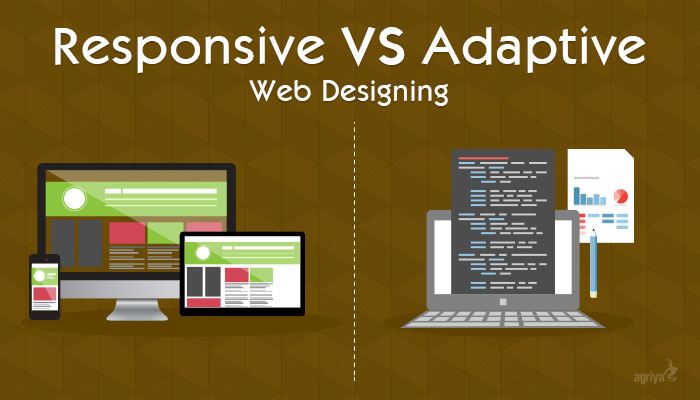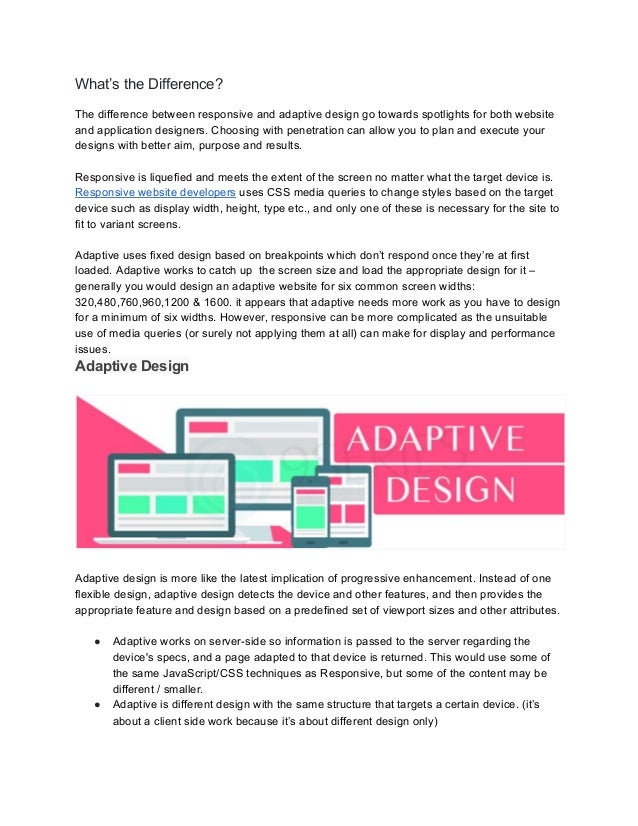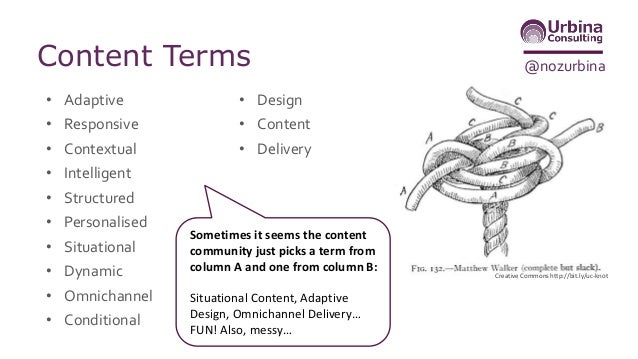

- #Adaptive layout vs responsive layout update
- #Adaptive layout vs responsive layout code
- #Adaptive layout vs responsive layout professional
- #Adaptive layout vs responsive layout free
Also, the cost for such a reason turns higher as the process is highly time-consuming as well as involves the work of additional labor.
#Adaptive layout vs responsive layout code
Expertise is required for code development for all types of contentįor enabling the framework for making it compatible for all kinds of content, expertise is required.
#Adaptive layout vs responsive layout free
Also, the tool comes free of cost only for the publisher and is chargeable for all other users who request for the constellation. However, the text searching feature comes handy only for the publisher.

#Adaptive layout vs responsive layout professional
It is fast for small sized e-books and is designed in a very professional manner. Content level turns high with images, encouraging books of medium size out of a free tool.Īs the page layout is not complex, the navigation through the particular web page becomes very easy. Advanced skills are required if images are complex, the text is of higher level, audio is included, and coding for video needs to be configured. The process also does not consume time and can be achieved quickly. Basic technical skill requirement for templatesĮven though the templates are free for a fixed layout, the skill requirement for the same is basic.This feature also makes it suitable for books which can be used for toddlers with simple text. Also, the cost of such a tool comes to around $7. The plain text shall be only compatible with such a layout. However, the tool shall not support any video or audio. The application can be developed using a tablet device like an iPad without any expertise. Features of a fixed layout:įor web designing using a fixed layout, technical skill is not required. Approximately 57% of the users prefer screen resolution of higher dimensions for better clarity. Roughly 36% of the users prefer a high screen resolution of about 1024×768. Around 4% of the users mostly prefer a screen resolution of around 800×600. As per Smashing Magazine, It was found that about 3% of the users prefer a screen resolution which is unknown. There are some of the screen resolutions that most users prefer for viewing various applications on their gadgets irrespective of the layouts. The content is viewed with the same clarity as that of a desktop without blurring or breaking of the particular display. See below for the advantages an disadvantages along with examples of mobile web design we’ve done for clients.The responsive layout enables a certain user to access the same content from various gadgets with the same amount of efficiency as it has been created with. There is a debate among designers and developers over which method is better for building your site, and both methods have their positives and negatives. Adaptive design also called progressive enhancement is more like having two completely separate web sites, one that is designed for mobile screens and on for laptops or desktops. With responsive design the web site is designed to expand and shrink depending on the size of the screen the user has the design itself is fluid. What is a phone ready website design called? There are two different types of mobile friendly (phone ready) design: Responsive or Adaptive.
#Adaptive layout vs responsive layout update
Now is the time to update your site, make it mobile friendly, and win back those lost visitors.

A professional web agency can help you interpret the results of a test like this and determine what can be done to improve your scores. If your site fails the test you may be losing valuable visitors and potential clients from your site. You can check the mobile readiness of your site by visiting Google’s Mobile-Friendly test site. The trend from desktop to mobile computing shows no signs of slowing down, if anything, the trend of moving towards mobile is speeding up. In fact, Google recently made an algorithm change in their mobile search results penalizing website that aren’t designed for mobile devices and promoting mobile ready sites. For these people and many other who browse the web on their mobile device, a traditional web site designed for the desktop will no longer make the cut. The way people browse the web today is rapidly changing, more and more people are using their phones exclusively as their computers, foregoing the traditional laptop or desktop computer.


 0 kommentar(er)
0 kommentar(er)
